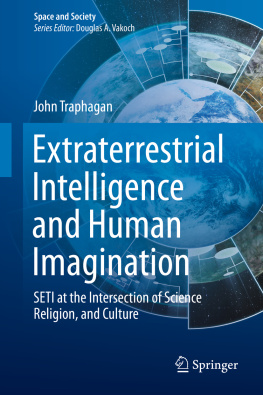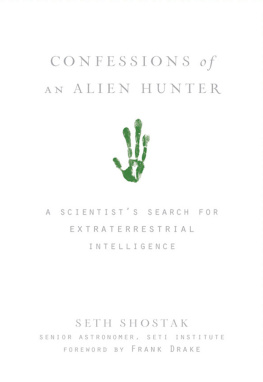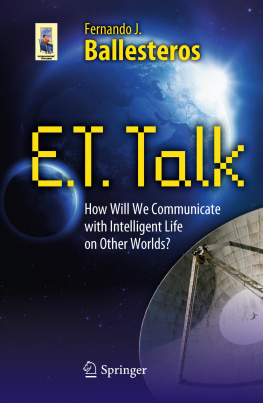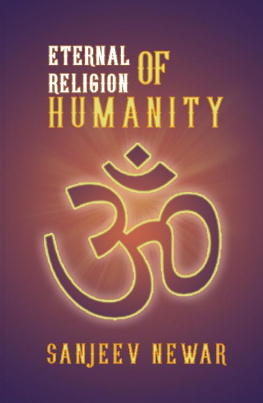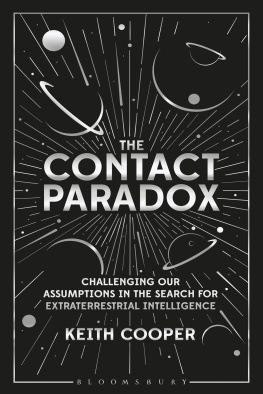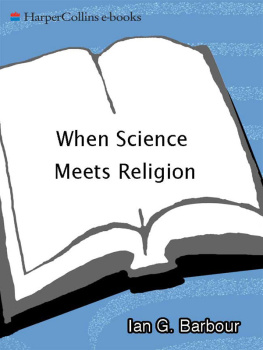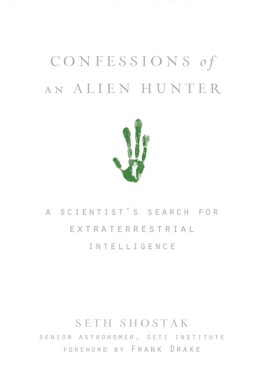1. Thinking About Religion and Science
The search for extraterrestrial intelligence (SETI) represents one of the most significant crossroads at which the assumptions and methods of scientific inquiry come into direct contact withand in many cases conflict againstthose of religion. Indeed, at the core of SETI is the same question that motivates many interested in religion: What is the place of humanity in the universe? When we look up at the sky and wonder about whether or not we are alone, a set of sub-questions are either tacitly or overtly implicated: Are humans unique in the cosmos? Is life abundant in the universe, or is Earth a special place with a special history? Is humanity significant or insignificant when thought about in relation to the cosmos? Both scientists involved with SETI (and in other areas) and people interested in and dedicated to some types of religions are engaged in contemplating these types of questions, even if their respective approaches and answers differ significantly.
In this book Im interested in exploring this intersection in order to think about three things: (1) the underlying assumptions, many of which are tacitly based upon cultural values common in American society, that have shaped the ways in which SETI researchers conceptualize the nature of their endeavor and represent ideas about the potential influence contact might have on human civilization, (2) what does contemplation of alien others tell us about ourselves? In what ways does SETI express values that we hold about what makes a group of beings intelligent and civilized and what does that say about how we think about ourselves? And, finally, (3) to what extent are the occasional claims that SETI is itself a kind of faith-based religion a reasonable, or unreasonable, critique of the field?
In terms of the last of these focireligion and science within the confines of SETIthere are two ways to think about this. One is related to the question of how contact might influence religious belief among adherents to various religious traditions. In many cases, contact with extraterrestrial intelligence (ETI) has been viewed as being at least problematic for many of the worlds religions and might in fact represent the death knell for Christianity, in particular, due to its very strong anthropocentric theology (George : 202). Im cognizant of the discomfort astronomers working in SETI research have with the idea of equating SETI with a religion, and this is not my intent, as will become clear in the last chapter. However, there are unavoidable similarities between SETI and some forms of religion and there is an important cultural question related to the desire to encounter another, and potentially more capable, intelligent being present both in many religions (not all) and in SETI that is worth exploring. Why? Because I think, in part, it is no accident that SETI arose in a cultural context heavily shaped by Christianity and its inherent assumptions about the existence of a higher being and a linear model of history that assumes progress is a component of cultural change. I will return to this issue later.
The second area of focus for this book relates to the manner in which assumptions about human civilization and culture have influenced the approach scientists working on SETI take when thinking about both the features of an extraterrestrial intelligence and of our own civilization on Earth. It is common for SETI researchers to contemplate civilization in terms of cultural evolution, an idea that has been critiqued quite deeply within the very anthropological circles from which it emerged over 100 years ago. SETI scientists often comment upon human civilization using terms such as adolescence or representing humanity as young in comparison to any alien civilization we might encounter. What is usually missed in this formulation is that the notion of adolescence is itself a cultural product and contains tacit assumptions about the nature of both individual and cultural development and change that index a very linear understanding of human social organization as being universally consistent. This concept is then transmitted to ideas about the nature and development of any alien civilization we might encounter. What we do know is that while cultures evolve (meaning that they change) there is no single linear path that they follow, nor does evolution necessarily represent improvement.
The last area of interest I will pursue herewhat SETI tells us not about ET but about Homo sapiens sapiens is complex and moves into questions of a moral nature. Peterson (: 14) makes an interesting point in her work on environmental ethics when she notes that humans have a long-standing attraction to other species but despite this, many scientists and philosophers see other animal species as morally irrelevant when thinking about human behavior. The fact is that the ways we contemplate non-human aliens, just like the way we contemplate non-human animals, tells us a great deal about our self-concepts as a species and the ways we intertwine moral ideas with other aspects of thought. Scientists engaged in SETI work from a premise that their job is one of discoveryit is science. However, they display deep commitments to often assumed moral propositions about the importance of contact, the nature of supposedly superior civilizations, and the relative inferiority of human civilizations. In other words, the scientific endeavor is shaped by a cultural context that contains moral propositions and assumptions not only about who ET might be, but also what kind of being Homo sapiens sapiens is.
1.1 Foundations for Thinking About SETI: Some Ideas and Assumptions
In the remainder of this chapter, I want to focus on thinking about some basic concepts and ideas associated with SETI and to consider how these are related to cultural values. We will work on defining three very widelyand impreciselyused terms: science, religion, and culture. Before moving into that discussion, however, it will be helpful to offer a few comments about my own assumptions and ideas when it comes to the nature of both religion and science. I view science as a cultural product. By this I mean that the approach to understanding the world associated with scientific inquiry is a product of a set of assumptions, particularly about the relationship between subjective and objective realms of existence, that have shaped Western scholarship and allowed for the development of the type of empirical data collection and systematic methods of analysis that we normally associate with scientific inquiry. It is important to recognize that both science, and scientists, are embedded in cultural and social contexts that shape the ways in which they ask questions, determine which questions are important, and respond to the more philosophical components of their inquiries. These contexts can also influence the ways in which they interpret empirical data.
Science is a human activity that is closely tied to affluence; it is a luxury item, particularly when it comes to pursuit of questions such as the existence of extraterrestrial intelligence. By luxury, I do not mean that it is extravagant and an example of excess. Rather, science is something that arises when there is sufficient wealth for some people in a society to be occupied in activities well beyond maintenance of their basic survival. This is not to say that scientists do not contribute something profoundly important to human society; rather my point is that science can only exist as an institution in a context that can afford to have certain people working in very specific types of endeavors while others do jobs that support those people. This is true for both physical and social scientists. The capacity to do what I doget paid to think about the nature of culture, society, religion, SETIis a product of an affluent society that can afford to have people engaged in thinking about how human social organization functions. The fact that we can afford physical and social sciences is a good thing because it provides a basis for both building new ways of seeing the world around us and also for reflexively contemplating who we are as a group and as a species. But it is still a luxury.

